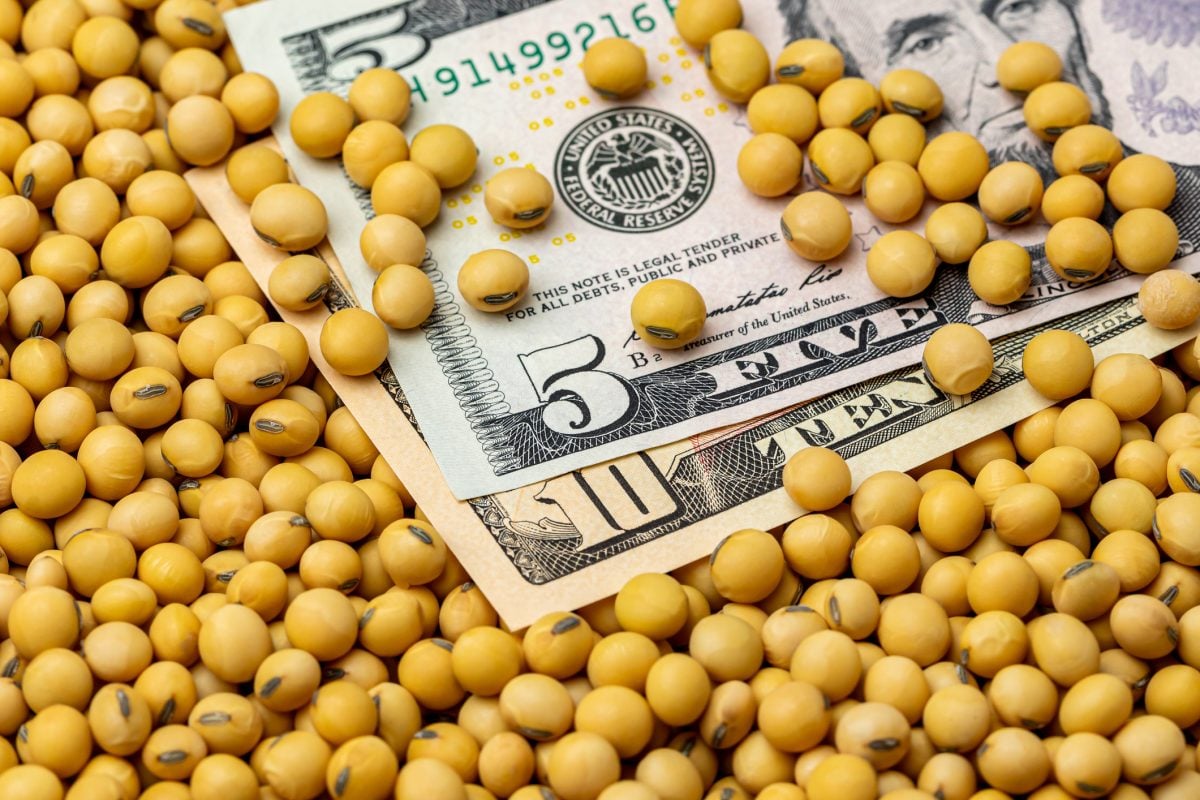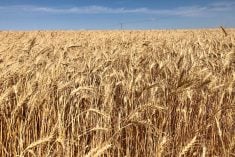Chicago | Reuters — Chicago Board of Trade soybean futures ended weaker on Friday on profit-taking, after rallying close to an all-time high on strong U.S. export demand and supply concerns.
Supply uncertainty remained, as the U.S. Department of Agriculture cut its estimates for 2021-22 domestic ending stocks by about 13 per cent to 205 million bushels in a monthly report. That was below analysts’ expectations for 218 million.
USDA raised its outlook for U.S. soy exports for 2021-22 by 30 million bushels to 2.17 billion.
Read Also

U.S. grains: Soybeans set 15-month high on U.S.-China trade deal hopes
Chicago soybean futures reached their highest in 15 months on Tuesday, briefly topping $11 a bushel on optimism that the U.S. could reach a trade deal with China as leaders from both countries are expected to meet in South Korea on Thursday.
“The U.S. numbers for the soybeans were friendly, but the trade had already worked in the upward revision in the exports,” said Terry Reilly, senior commodity analyst for Futures International.
For the 2022-23 crop year, USDA reduced its U.S. soy stocks estimate by about 10 per cent to 280 million bushels, below analysts’ expectations for 307 million. Still, global stocks were projected at 100.46 million tonnes, slightly up from last month and above analysts’ expectations.
Most-active CBOT soybean futures slid 23-1/2 cents to end at $17.45-1/2 a bushel. On Thursday, the contract reached its highest since September 2012 at $17.84 a bushel, a nickel away from an all-time high.
“The U.S. continues to see strong export sales of soybeans, bolstering old-crop prices,” said Tobin Gorey, director of agricultural strategy at the Commonwealth Bank of Australia.
CBOT corn futures edged higher as traders analyzed forecasts for the U.S. crop weather. Heat expected in the coming days could threaten corn, after cold weather delayed springtime plantings, said Jim Gerlach, president of A/C Trading.
“Heat at this time really saps soil moisture in a hurry,” Gerlach said.
Most-active corn rose 1/4-cent to $7.73-1/4 a bushel, while soft red winter wheat slipped 1/2-cent to $10.70-3/4 at the CBOT. K.C. July hard red winter wheat jumped 8-3/4 cents to $11.62-1/2 a bushel after USDA cut its estimate for the U.S. harvest of the drought-hit crop.
— Reporting for Reuters by Tom Polansek in Chicago; additional reporting by Gus Trompiz in Paris, Naveen Thukral in Singapore and Karl Plume in Chicago.












